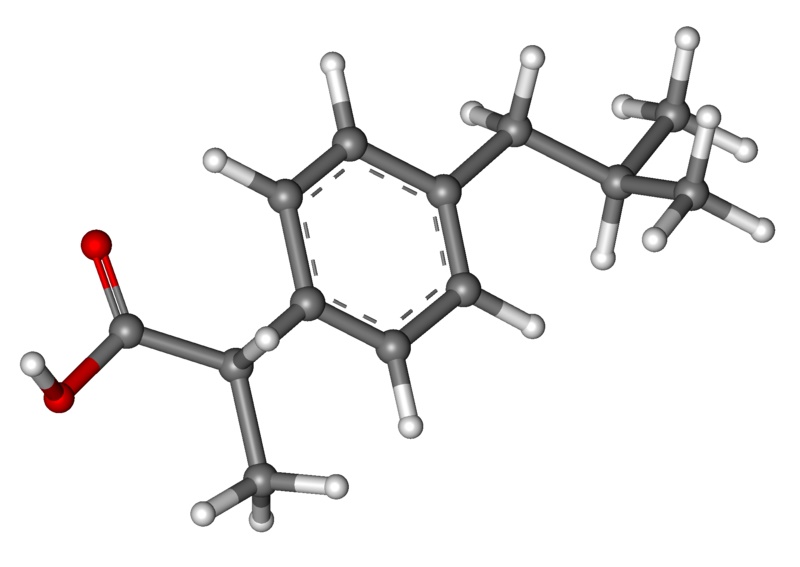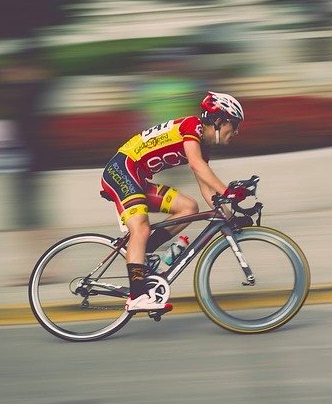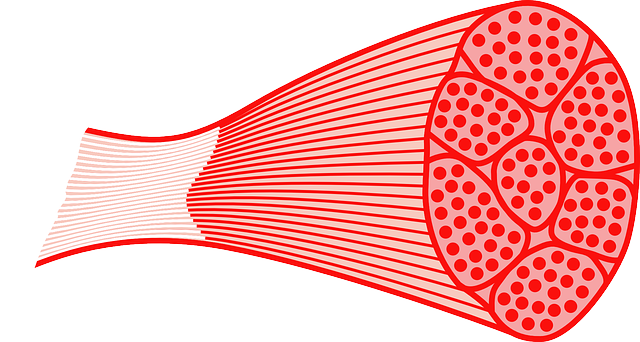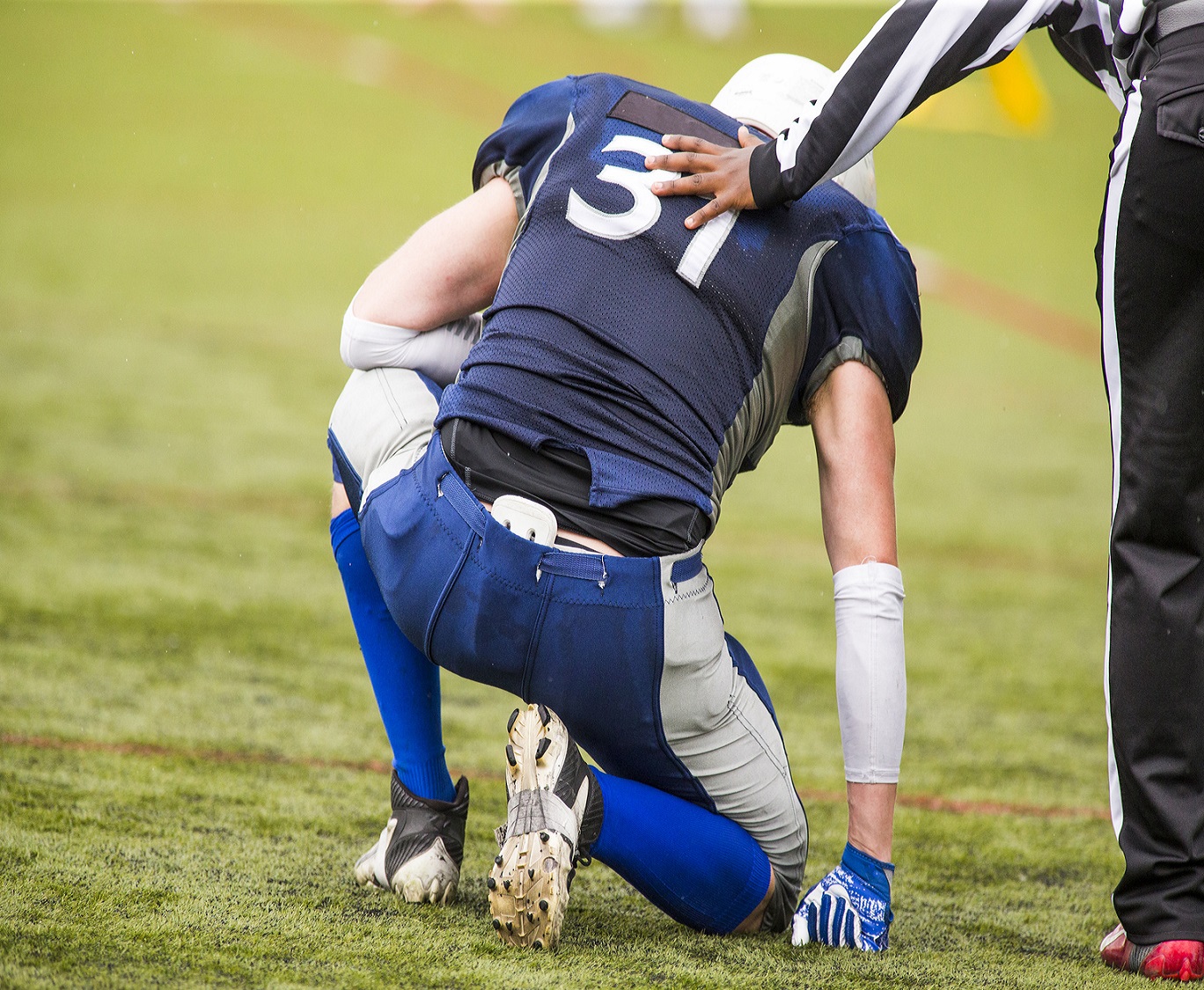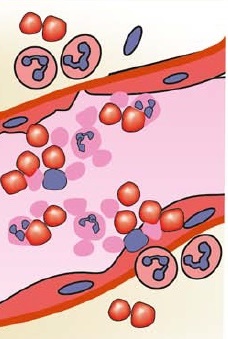Myofascial Release technique
Myofascia
Myo means muscle and fascia means band. fascia is weblike three dimensional supportive connective tissue. it supports almost all the structures present in human body. it extends from top (skull) to bottom (sole) and outside (exterior) to inside (interior).
E.g.- Fascia of muscles (epimysium, perimysium and endomysium)
- Fascia of nerves (epineurium, perineurium, endoneurium)
- Aponeurosis
- Bone (periosteum and endosteum)
- Organs (peritoneum)
Structure of Fascia
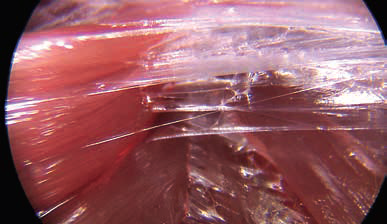
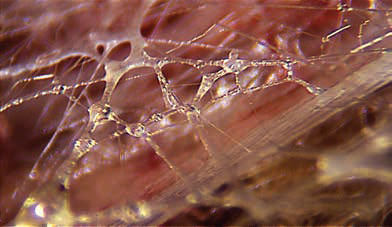
The fascial system is inter-connected system and it attaches with every tissues of the human body. This tensional network adapts its fibre arrangement and density according to the local and tensional demands placed on it (Schleip et al. 2012).
Composition of Fascia
1. Collagen and Elastin
- Type I collagen (90%)
- Type III, IV, V, VI, XI, XII, XIV, XXI collagens (10%)
- Collagen provides tensile strength to the fascia.
- Elastin provides elasticity of the fascia.
- Fascia is a colloid, which is continuously changing its shape in responds to pressure.
- Colloid comprises of solids of material suspended in the fluid.
- It responds to pressure.
- Colloid tissue resistance is proportional to the velocity. this is the reason fascial release should be gentle, slow and sustained.
2. Ground substance
- Hyaluronic acid and proteoglycans gel like contents provides lubrication for collagen fibres.
- It allows gliding between collagen fibres.
Force transmission
Fascial matrix works based on tensegrity concept. It means integrity of matrix maintained by balanced tension placed upon it. Increased tension in one area of matrix can cause increased tension in another area of matrix. It will alter fascial matrix (see the figure below).
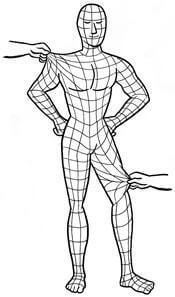
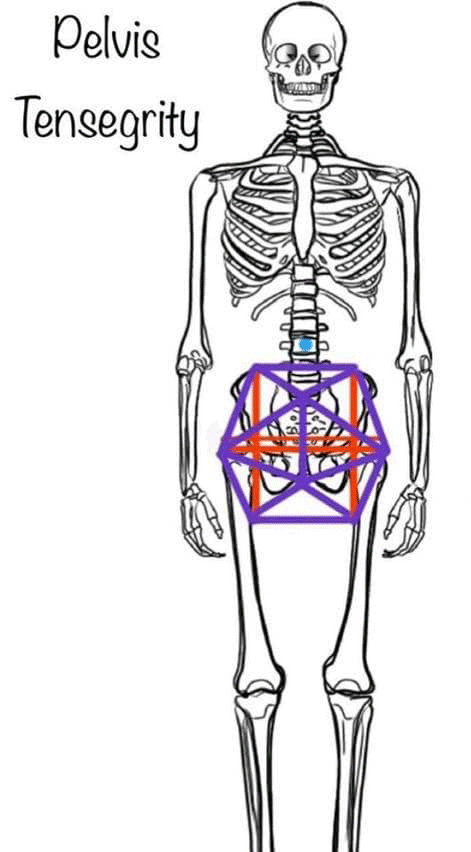
Conditions affect fascia
1. Injury or Trauma
Fascia is a highly innervature structure in the human body. Hemorrhage due to injury or trauma can stimulate sensory nerve fibres in fascia leads to reflexive tightness of fascia. This condition is called as 'Compartmental syndrome'.
2. Inflammatory process
Inflammatory processes drain water content to injured area. it can cause loss of bound water in fascia. this will indirectly leads to adhesion formation between collagen fibres.
3. Poor posture
Continuous elastic force
|
sustained force
|
creep (permanent deformation)
|
loss of fluid (gel) within fascia
Myofascial Release Technique
Myofascial release which was first described by Andrew taylor still. It is a unique system of techniques that is directed at restricted myofascial structures.
Therapist identify the tissue barrier (tightness, restriction or adhesion) by palpatory testing in all the planes. MFR is performed without oil, lotion or lubricant to prevent slippage of hand on skin.
Arndt-Schultz lawwhich states that weak stimuli increases physiological activity and very strong stimuli inhibit or abort activity. MFR works based on this law. Less pressure applied to tissue results in a greater response. firmer and quicker pressure results in tissue resistance. So MFR emphasis slow, sustained pressure during treatment.
A sustained pressure is applied into the tissue barrier. after 90-120sec the tissue will undergo histological length changes allowing the first release to be felt. the therapist follows the release into a new tissue barrier and holds. after a few releases the tissue will become softer and more pliable (Barnes 1997).
Modified MFR or Active Release TechniqueThe therapist applies moderate pressure on tissue in a direction proximal to distal while patient actively moves the muscle through its ROM in both eccentric and concentric phases. Active participation of patient during release named as Active Release Technique (Leahy 1999).`
MFR Assessment techniques
1. Medical history2. Postural Evaluation
3. Palpatory tests
- Tissue mobility, Motility and glide tests.
- Traction and Compression
- Skin rolling
- Rebounding
MFR Treatment techniques
- Cross hand Release
- Longitudinal Plane Release
- Compression Release
- Transverse Plane Release
- Myofascial Unwinding
- Myofascial Rebounding
SHARE:


- JOHN M.JONESIII, Principles and Practice of Manual Therapeutics, 2002.
- Anders jelveus , Myofascial release techniques and connective tissue massage , Integrated Sports Massage Therapy , 2011.
- Lori A Boyajian-O Neill DO, Dennis A Cardone DO, Practical Application of Osteopathic Manipulation in Sports Medicine., The Sports Medicine Resource Manual, 2008.
- Ruth Duncan., Myofascial Release Book.,2014.
- Myroslava Kumka, MD, PhD* and Jason Bonar, BScKin, DC., Fascia: a morphological description and classification system based on a literature review., J Can Chiropr Assoc. 2012 Sep; 56(3): 179–191.
| Name | : | Deva senathipathi |
| Qualifications | : | Physiotherapist |


.jpeg)
